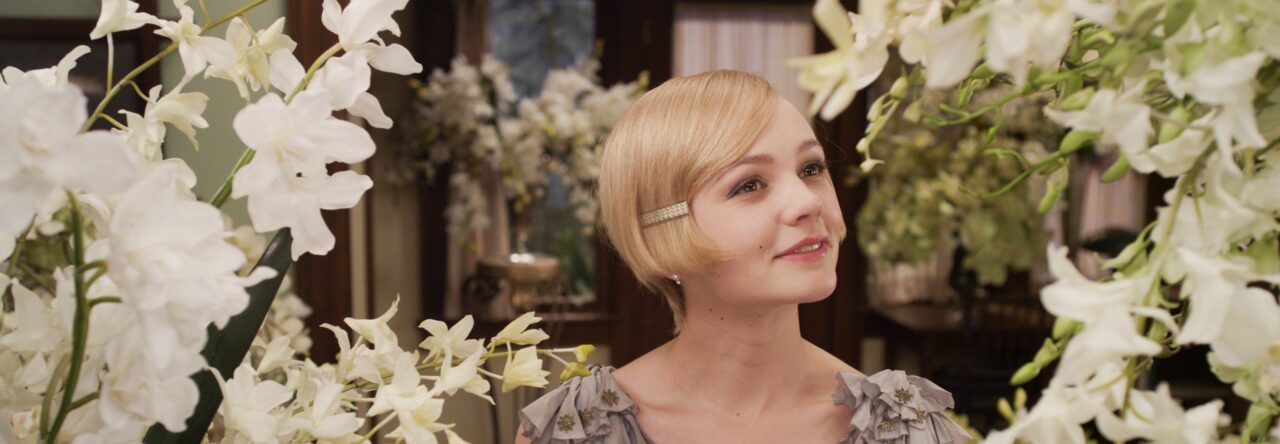To understand Daisy Buchanan, the woman that possesses Jay Gatsby’s heart, it is important to utilize the sociological imagination and insert oneself into the 1920s. Fitzgerald did not just create characters for a one-hit wonder novel; he created vessels that were products of his time. Fitzgerald lived during one of America’s most notable eras: the Roaring Twenties. The 1920s was a decade defined by its glamour, wealthy and social appeal, innovative nature, society-wide moral shifts, and confining social norms. Most of these characteristics of American society have either been lost or heavily diluted over the past century. For 21st century readers, it is natural for us to jump to criticize Daisy for her careless actions, shallowness, and indecisive nature. However, we live in an era where there is a lot more social fluidity. While modern women of today still suffer the consequences of their actions alongside the effects of modern-day patriarchy, the women of 1920s America were rigidly shackled by society with little to no wiggle room. Understanding the era and the world Daisy lived in reveals a lot of nuance to be considered.
Social Expectations & Gender Norms
Reading the novel we learn two things about Daisy Buchanan: her silent, strong love for Gatsby and the comfort her marriage to Tom Buchanan offers. Pre-The Great Gatsby and WWI, Daisy and Jay Gatsby fall deeply in love. Despite this indisputable fact, Daisy married Tom Buchanan while Gatsby was away. It is the classic, yet realistic, tragic romantic cliché: life goes on. Tom is a man of influence and wealth which Gatsby was not (yet). Daisy felt the social and familial pressures to let go of the past in order to wed a man that would be a good provider and bring honor to her family name. Marriage served more as a means of security, vanity, and obligation. While there is debate as to whether Daisy loves Tom or not, I believe it is safe to assume that she does love Tom; perhaps not as much as she did Gatsby. Regardless, marriage was still considered to be a woman’s ultimate goal despite the social norms surrounding it being viciously resisted and challenged. With these social factors being considered, is it really so strange that Daisy refused to run away with Gatsby despite their romance being suddenly rekindled five years after the fact?

Leave a Reply
You must be logged in to post a comment.